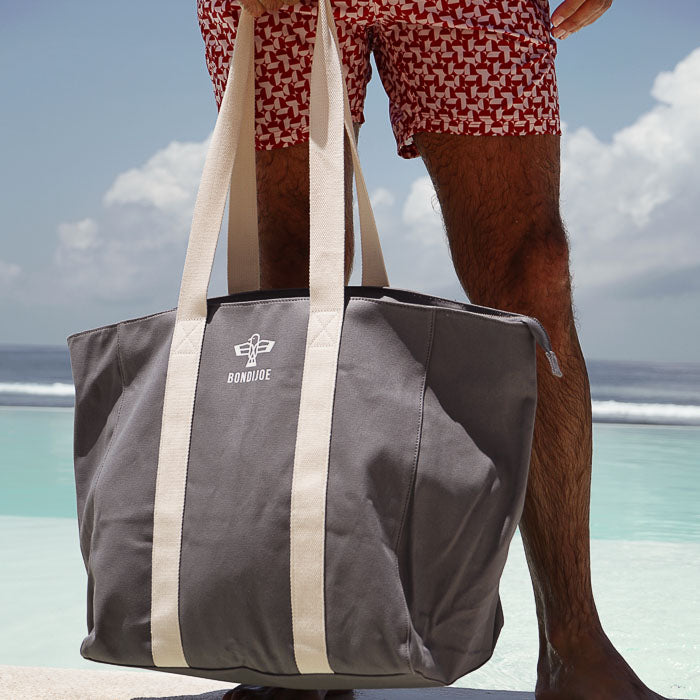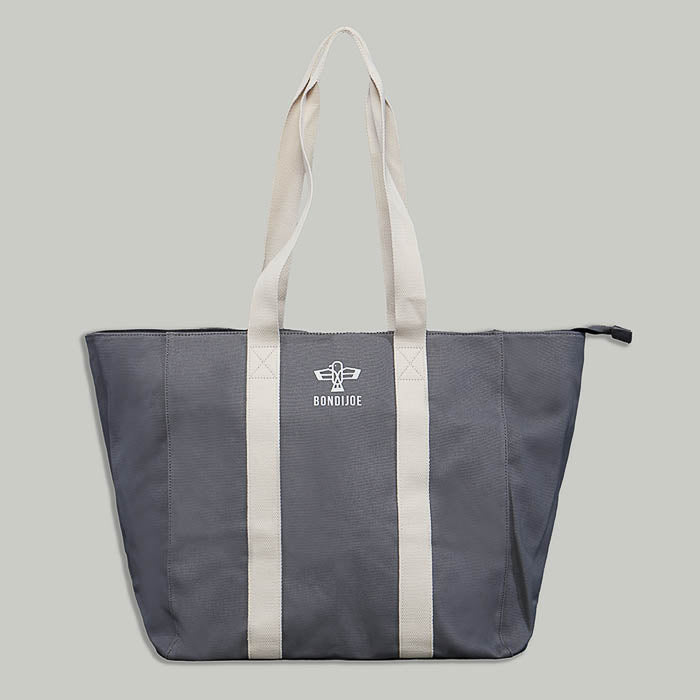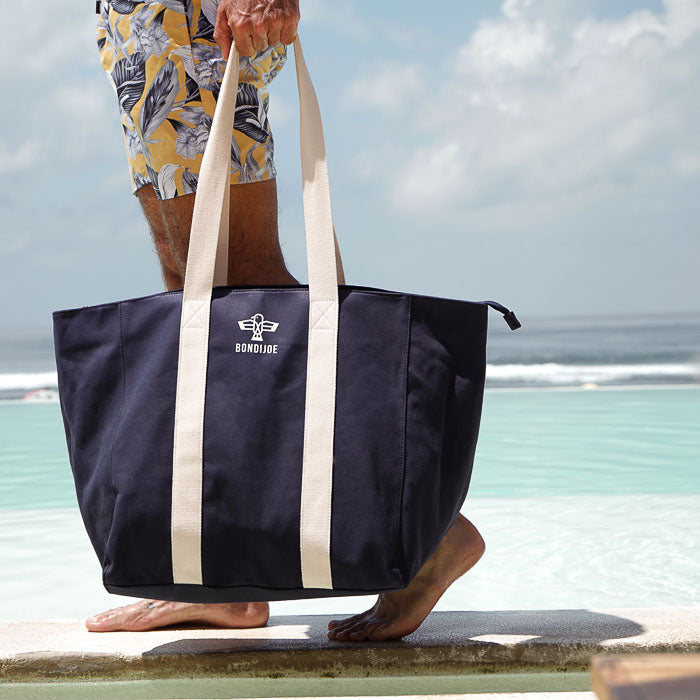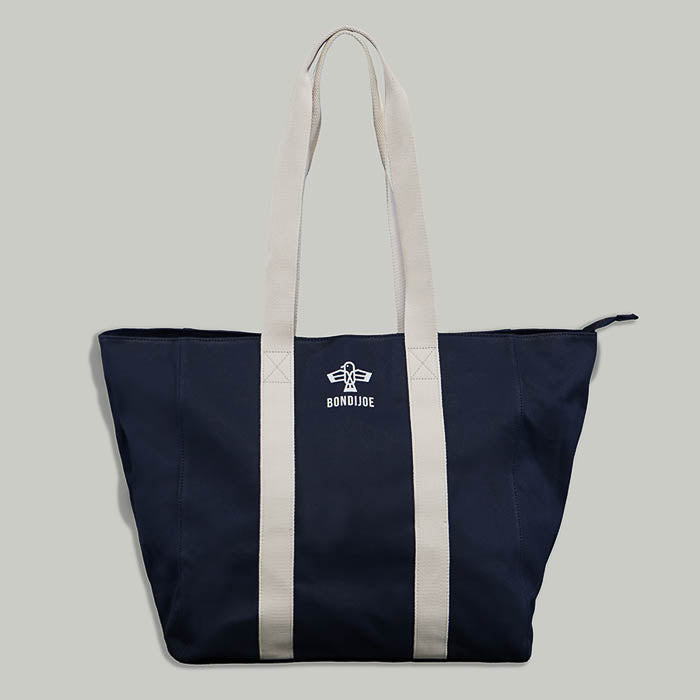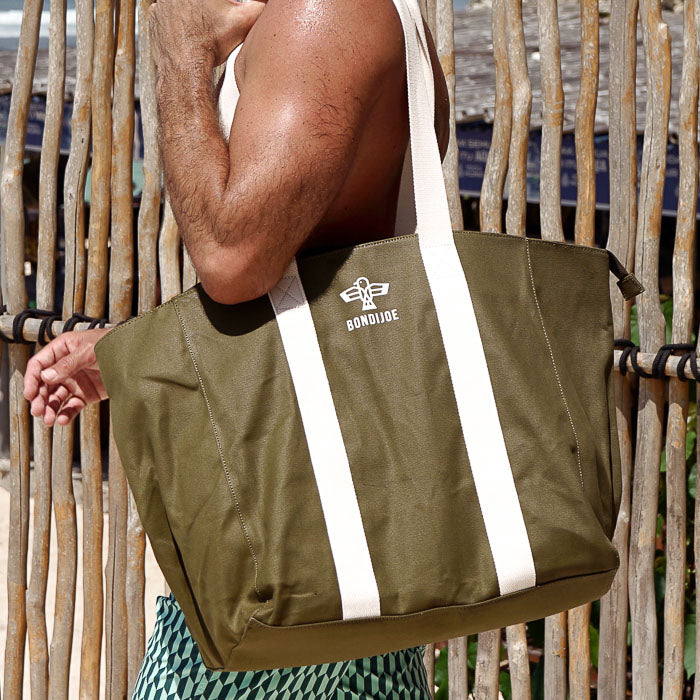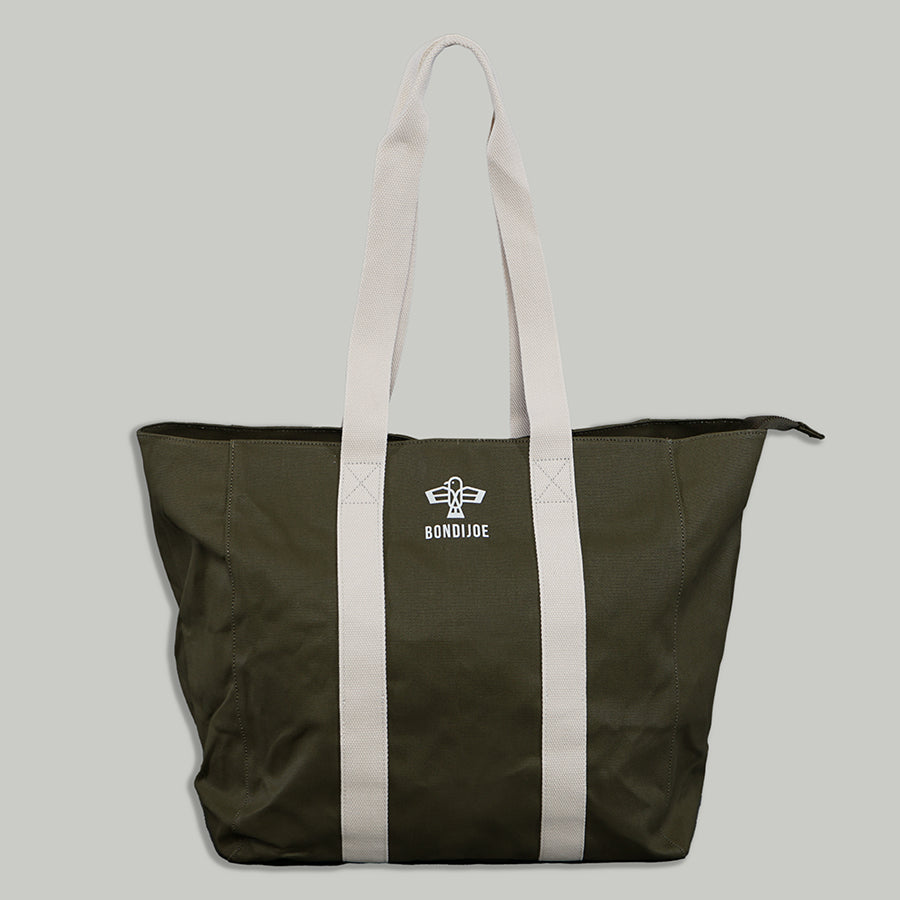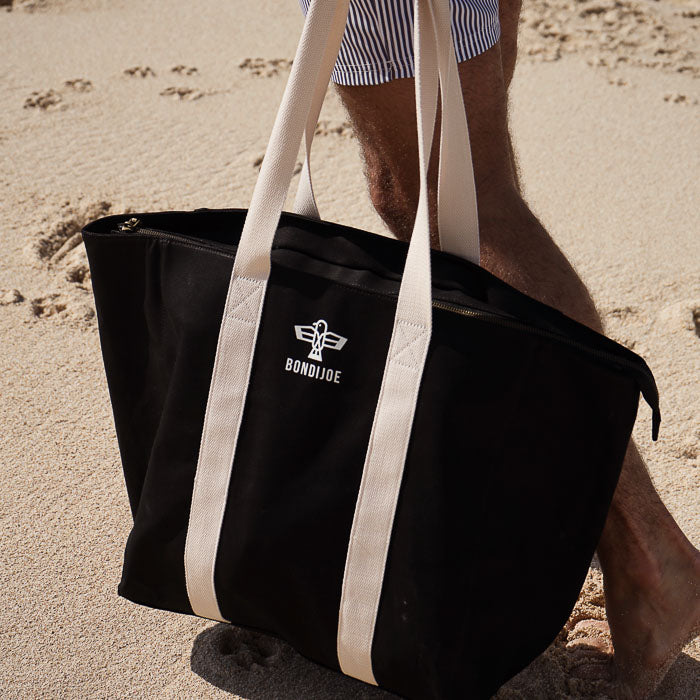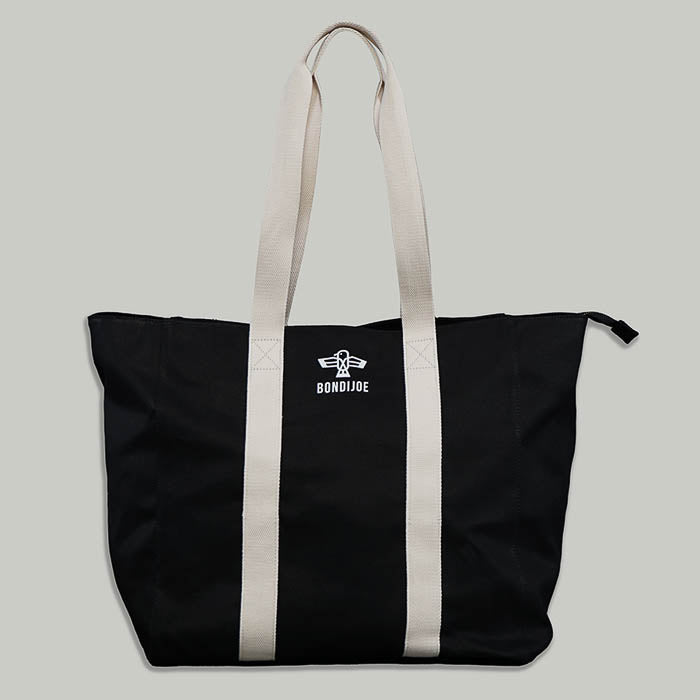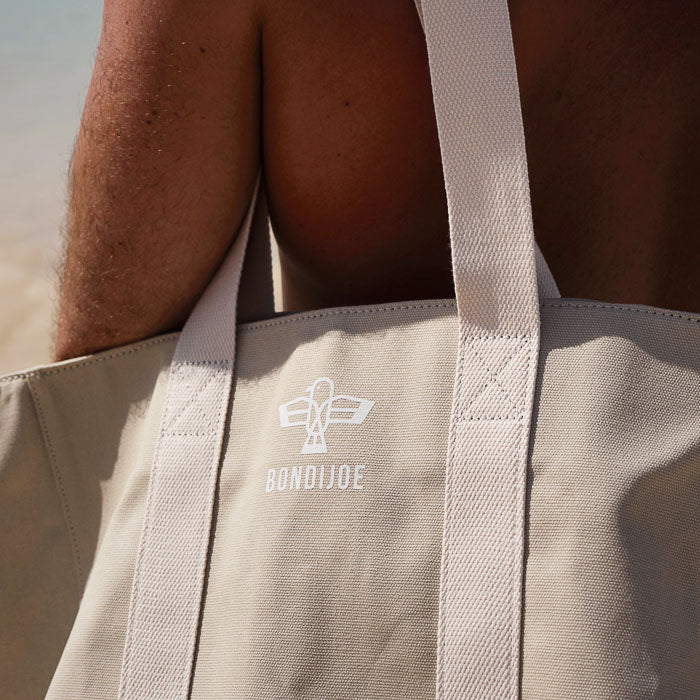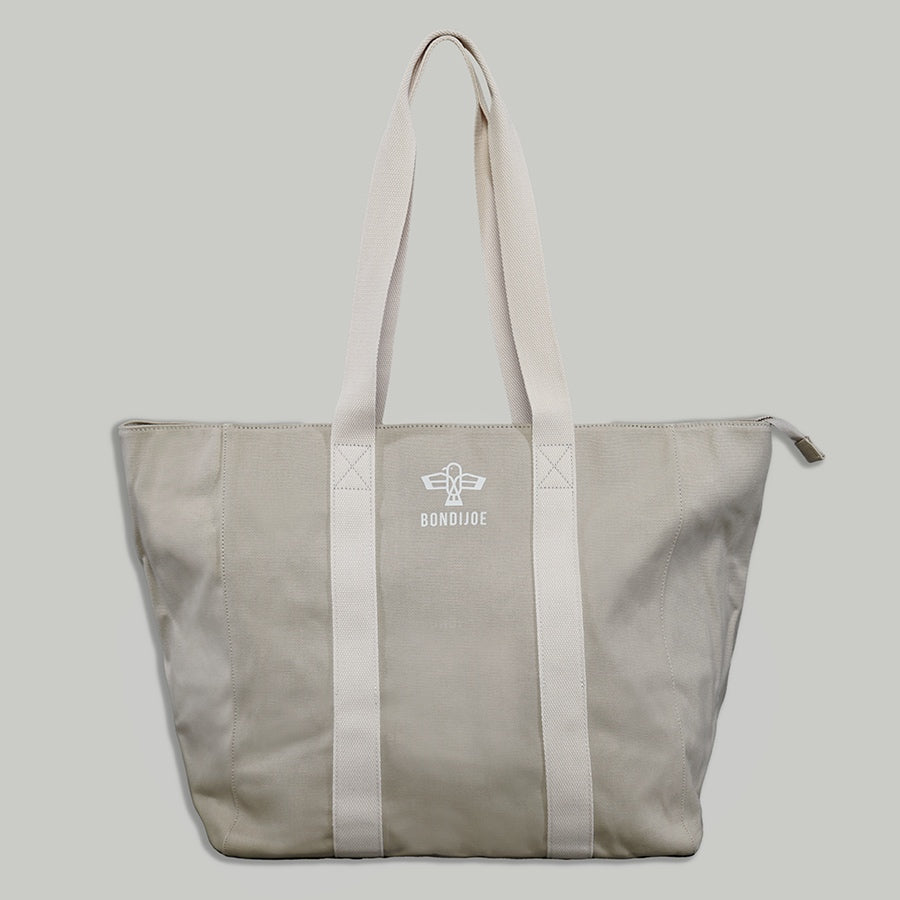Beach Bag Packing Mistakes to Avoid: Save Space and Stay Prepared
A well-packed beach bag can make or break your beach day. Overloading, forgetting essentials, and poor organization can lead to unnecessary stress. Whether you're heading for a solo retreat or a family adventure, packing smart is key. Here’s how to avoid common beach bag mistakes and ensure a hassle-free, enjoyable experience.
1. Overpacking and Carrying Unnecessary Items
One of the biggest mistakes people make is stuffing their beach bag with unnecessary items. Lugging around a heavy bag can drain your energy before you even reach the shore.
How to Avoid Overpacking
- Stick to Essentials: Pack only what you truly need, such as sunscreen, sunglasses, a towel, a book, and water.
- Choose Multipurpose Items: Opt for a sarong that doubles as a towel or a waterproof phone pouch that stores small essentials.
- Use Travel-Sized Products: Full-size sunscreen, lotions, and snacks take up too much space. Mini versions work just as well.
2. Ignoring Waterproof and Sand-Resistant Options
Nothing is worse than finding your phone, book, or snacks soaked in seawater or covered in sand. Many people forget to consider the material of their beach bag, leading to a messy and unpleasant experience.
How to Protect Your Belongings
- Invest in a Waterproof Beach Bag: A waterproof or water-resistant bag helps keep electronics and other valuables dry.
- Use Ziplock Bags: Store items like snacks, electronics, and keys in resealable bags to avoid moisture and sand damage.
- Choose Mesh or Quick-Dry Materials: These prevent sand accumulation and make cleaning easier.
3. Not Organizing the Beach Bag Properly
Throwing everything into your beach bag without a system leads to frustration when trying to find items quickly. A poorly organized bag results in wasted time and lost items.
How to Stay Organized
- Use Pouches or Compartments: Separate items into smaller bags—one for sunscreen and toiletries, another for snacks, and another for valuables.
- Place Frequently Used Items on Top: Keep sunglasses, sunscreen, and your phone easily accessible.
- Roll Towels Instead of Folding: Rolling saves space and makes it easier to grab what you need without disrupting everything.
4. Forgetting Sun Protection Essentials
Many beachgoers underestimate the importance of sun protection, leading to sunburn, dehydration, and discomfort. A good beach bag should always include sun protection essentials.
Essential Sun Protection Items
- Sunscreen (SPF 30 or Higher): Reapply every two hours.
- A Wide-Brimmed Hat: Protects your face and scalp from direct sun exposure.
- UV-Protective Sunglasses: Shields your eyes from harmful rays.
- Lightweight Cover-Up or Rash Guard: Offers extra protection when needed.
5. Packing the Wrong Type of Towels
Regular bath towels are bulky, slow-drying, and take up unnecessary space in your beach bag. Many people fail to consider alternative towel options.
Better Towel Choices
- Microfiber Towels: These are compact, quick-drying, and sand-resistant.
- Turkish Towels: Lightweight and absorbent, these are stylish and space-saving.
- Compact Beach Blankets: Instead of bringing multiple towels, consider a foldable, quick-dry blanket.
6. Not Bringing Enough Snacks and Hydration
A long day at the beach requires hydration and energy-boosting snacks. Failing to pack properly can lead to fatigue and dehydration.
What to Pack for Hydration and Nutrition
- Insulated Water Bottle: Keeps water cold for hours.
- Fruits and Veggies: Cucumbers, watermelon, and grapes provide hydration.
- Healthy Snacks: Nuts, granola bars, and protein snacks keep energy levels up.
- Avoid Sugary or Salty Snacks: These can dehydrate you faster.
7. Bringing Unnecessary Electronics
Many people make the mistake of packing electronics they don’t really need, increasing the risk of water and sand damage.
How to Minimize Electronic Use at the Beach
- Limit Devices: Only bring essentials like your phone and waterproof speaker.
- Use Waterproof Cases: Protect your phone from splashes and sand.
- Download Offline Entertainment: Save playlists, books, or games to avoid Wi-Fi dependence.
8. Skipping First Aid and Emergency Items
Many people overlook the importance of basic first-aid supplies in their beach bag. Minor cuts, sunburns, or insect bites can ruin your day.
Beach First Aid Essentials
- Adhesive Bandages: For small cuts and blisters.
- Antiseptic Wipes: Clean minor wounds quickly.
- Aloe Vera Gel: Soothes sunburn.
- Bug Spray: Keeps mosquitoes and sandflies away.
9. Not Packing an Extra Set of Clothes
Sitting in wet clothes after swimming can be uncomfortable, yet many beachgoers forget to bring a spare outfit.
What to Pack for Comfort
- Lightweight Change of Clothes: A dry outfit prevents discomfort.
- Flip-Flops or Water Shoes: Protects your feet from hot sand or rocky shores.
- Plastic or Wet Bag: Stores wet swimsuits and keeps other items dry.
10. Choosing the Wrong Beach Bag
Not all beach bags are created equal. Using a poorly designed bag can lead to disorganization, discomfort, and even damage to your belongings.
How to Choose the Best Beach Bag
- Size Matters: Pick a bag that fits everything without being too bulky.
- Material is Key: Waterproof, sand-resistant, and durable bags work best.
- Extra Features Help: Look for compartments, insulated pockets, and comfortable straps.
FAQs
1. What is the best type of beach bag to use?
The best beach bag is lightweight, spacious, and made of waterproof or sand-resistant material. Mesh bags are excellent for easy cleaning, while insulated bags help keep snacks and drinks cool. If you carry many items, opt for a bag with compartments to stay organized. Bondi Joe offers high-quality, masculine-colored beach bags that are both functional and stylish, perfect for all-day beach adventures.
2. How do I keep sand out of my beach bag?
To keep sand out of your beach bag, use a bag with a mesh bottom or waterproof material. Store small items in resealable bags and shake off towels before placing them inside. Avoid leaving your bag directly on the sand—use a small beach mat underneath to prevent unwanted grains from getting inside.
3. What are the must-have items in a beach bag?
A well-packed beach bag should include sunscreen, sunglasses, a hat, a towel, a water bottle, snacks, a waterproof phone case, a first-aid kit, and a change of clothes. Extra items like books, beach games, and a lightweight blanket can enhance your experience without overloading your bag.
4. How can I maximize space in my beach bag?
To maximize space in your beach bag, use packing cubes or pouches, roll towels instead of folding, and choose compact, multipurpose items. Stick to travel-sized toiletries, avoid unnecessary electronics, and keep frequently used items easily accessible to maintain organization.
5. How do I keep my drinks and snacks cool at the beach?
An insulated beach bag or cooler bag is ideal for keeping drinks and snacks cool. Freeze water bottles beforehand to serve as ice packs, and pack snacks in insulated pouches. Placing your bag in a shaded area or covering it with a light towel can also help maintain lower temperatures.
Avoiding these beach bag packing mistakes will ensure you have a stress-free, well-organized, and enjoyable beach day. Pack smart, stay prepared, and make the most of your time by the shore! See more of our guides to beach bag packing.


